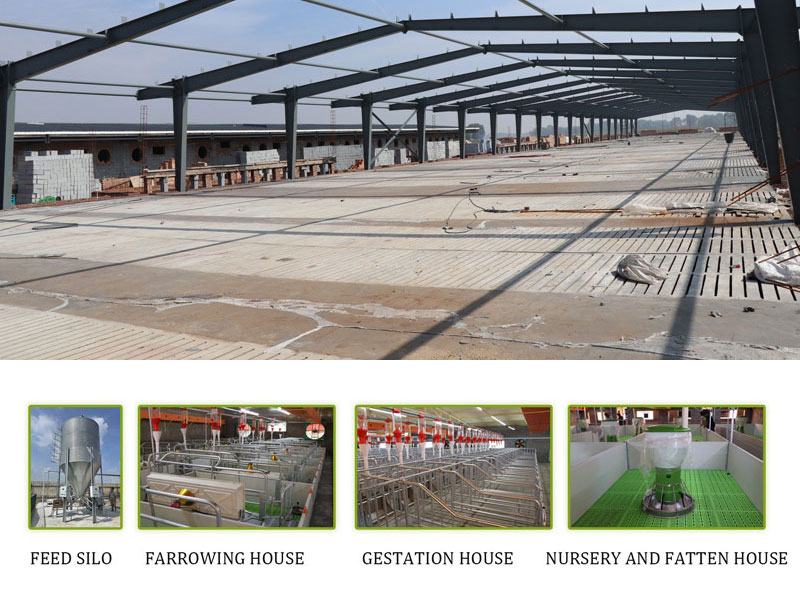Introduction the pig industry plays a significant role in the global economy. Providing a vital source of protein for millions of people worldwide. However, in recent years, the industry has faced several challenges. Ranging from disease outbreaks to environmental concerns. This article explores the current problems affecting pig farming and suggests potential solutions to mitigate these issues.
Pig Farming Pig farming encompasses various aspects, including breeding, feeding, housing, and healthcare. One of the primary challenges in pig farming is disease management. Diseases such as African Swine Fever (ASF) and Porcine Epidemic Diarrhea Virus (PEDv) have devastating effects on pig populations. Leading to significant economic losses for farmers and threatening food security. To address this issue, implementing strict biosecurity measures, vaccination programs. And surveillance systems is crucial to prevent disease spread and minimize its impact.
Environmental sustainability is another pressing concern in pig farming. Intensive pig production systems generate large amounts of waste, which, if not properly managed, can pollute soil and water resources. To tackle this problem. Adopting sustainable practices such as waste management technologies (e.g., anaerobic digesters, composting). Utilizing manure as fertilizer, and promoting integrated farming systems can help minimize environmental impact and ensure long-term sustainability.
Problems and Solutions of the Pig Industry
- Antibiotic Resistance: Problem: Overuse of antibiotics in pig farming contributes to the emergence of antibiotic-resistant bacteria. Posing a threat to human health. Solution: Implementing strict regulations on antibiotic use. Promoting alternative disease prevention strategies (e.g., probiotics, vaccines). And improving hygiene and sanitation practices can reduce reliance on antibiotics and mitigate the risk of antibiotic resistance.
- Animal Welfare: Problem: Concerns about animal welfare in intensive pig production systems, including overcrowding, lack of environmental enrichment, and restrictive housing conditions. Solution: Adopting welfare-friendly housing systems (e.g., enriched environments, group housing), providing adequate space and access to outdoor areas, and adhering to animal welfare standards and certification schemes can improve the well-being of pigs and enhance consumer trust.
- Feed Security: Problem: Fluctuations in feed prices and availability due to factors such as weather events, market volatility, and competition with other livestock sectors. Solution: Investing in feed technology innovation (e.g., alternative protein sources, precision feeding), promoting sustainable feed production practices (e.g., agroforestry, insect farming), and strengthening partnerships with feed suppliers and farmers’ associations can enhance feed security and resilience in pig farming.
- Trade Barriers: Problem: Trade barriers and restrictions (e.g., tariffs, sanitary and phytosanitary regulations) hinder the international movement of pork products, limiting market access and profitability for pig farmers. Solution: Engaging in trade negotiations to reduce trade barriers, harmonizing standards and regulations across countries, and diversifying export markets can expand market opportunities for pig producers and stimulate economic growth in the industry.
Conclusion In conclusion, the pig industry faces various challenges that require concerted efforts from stakeholders to address effectively. By implementing innovative solutions, embracing sustainable practices, and fostering collaboration between industry players and policymakers, the pig industry can overcome current obstacles and thrive in a rapidly changing global landscape. Ensuring the health and welfare of pigs, promoting environmental stewardship, and enhancing market competitiveness are essential for the long-term viability and success of the pig industry.

